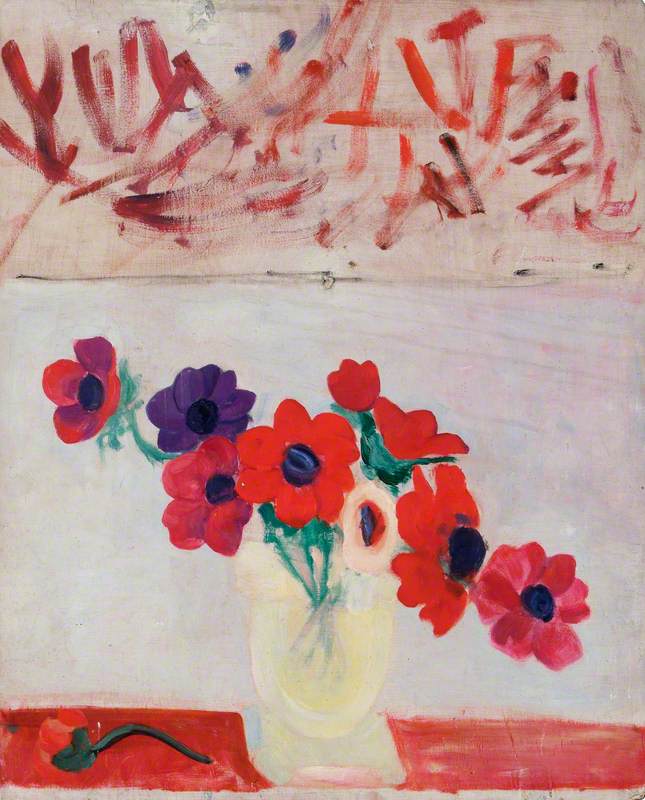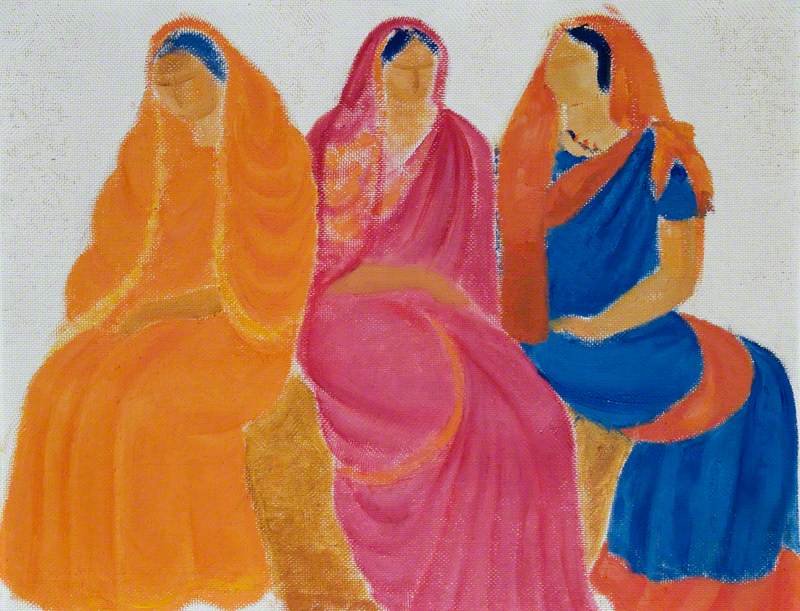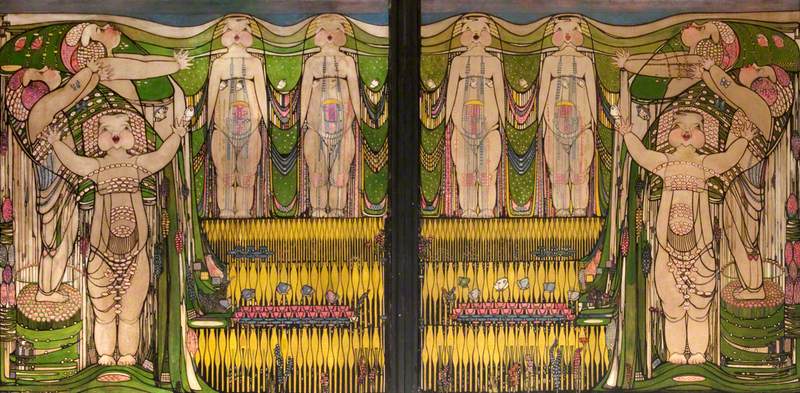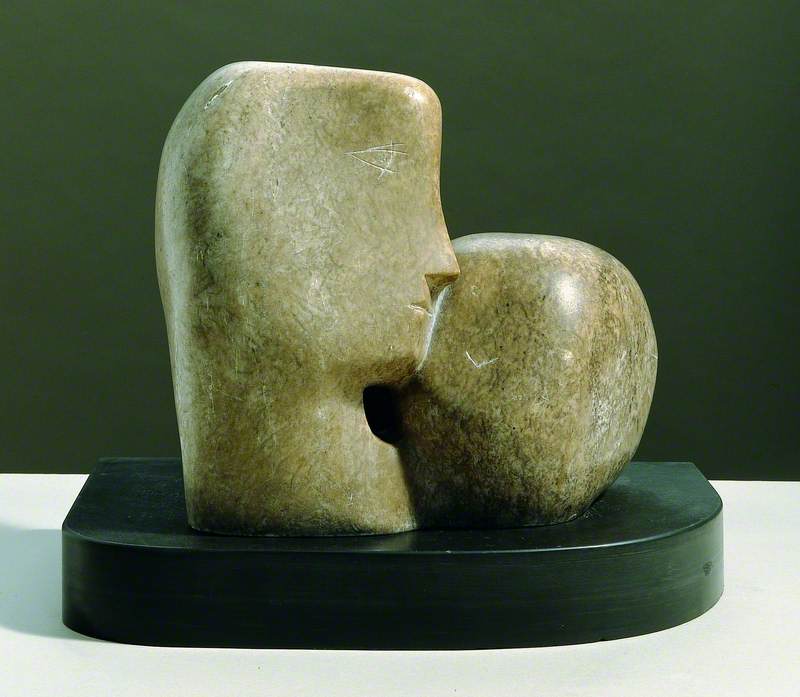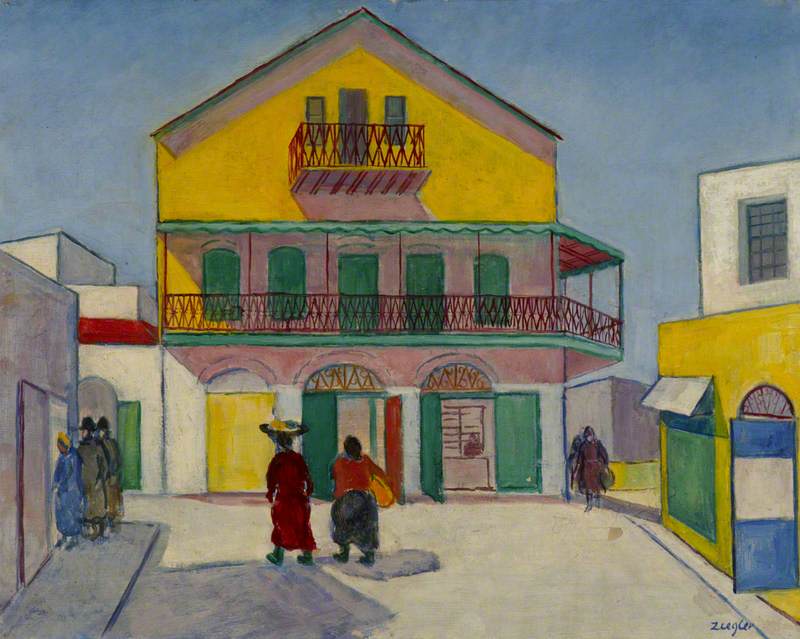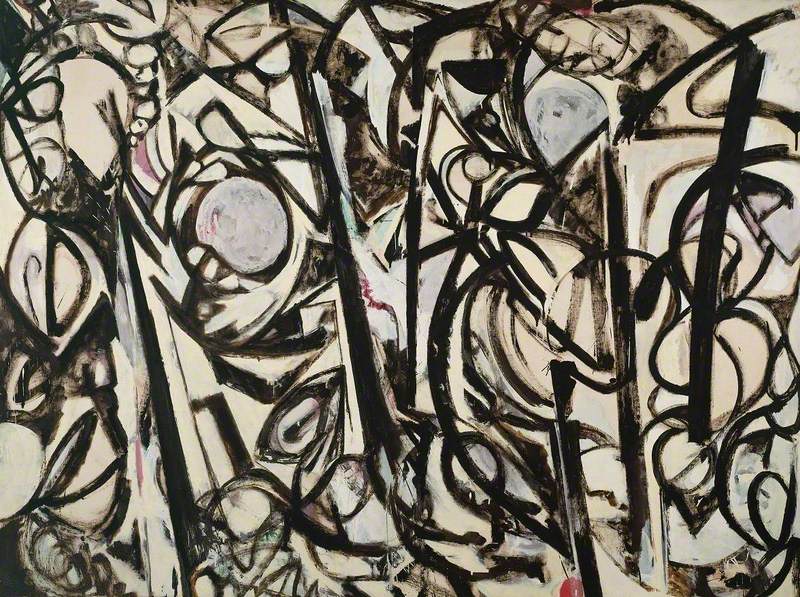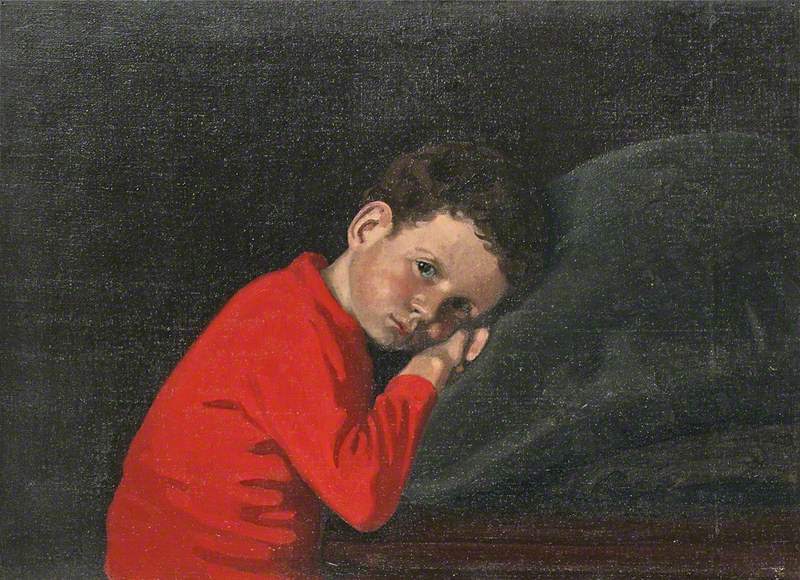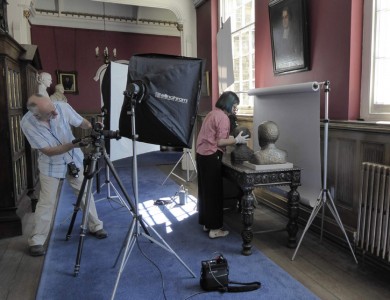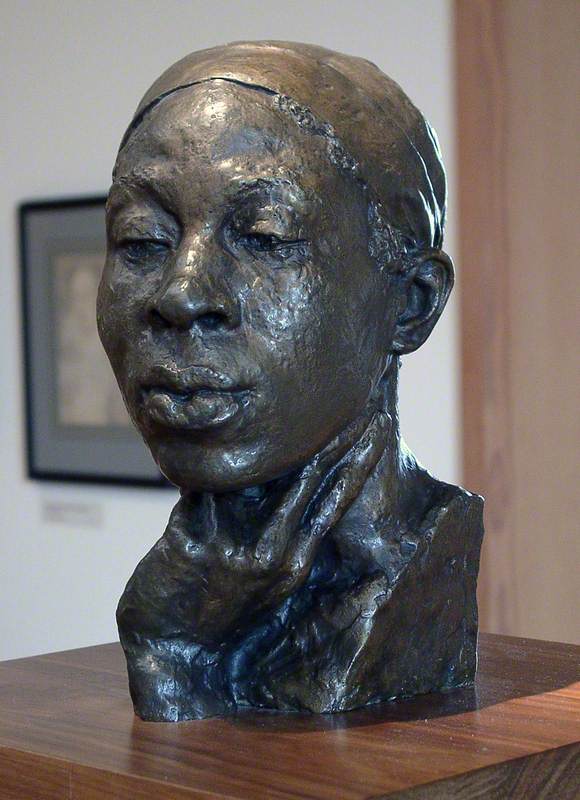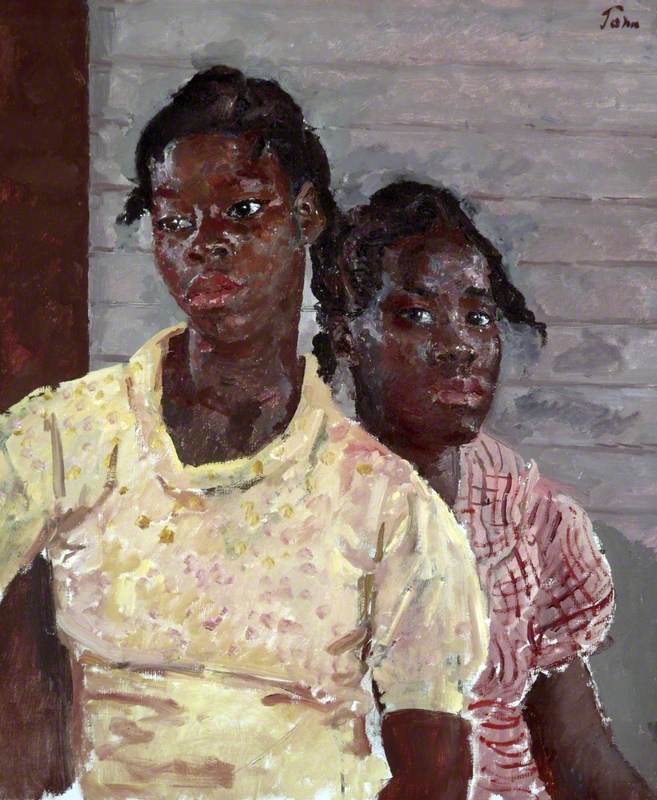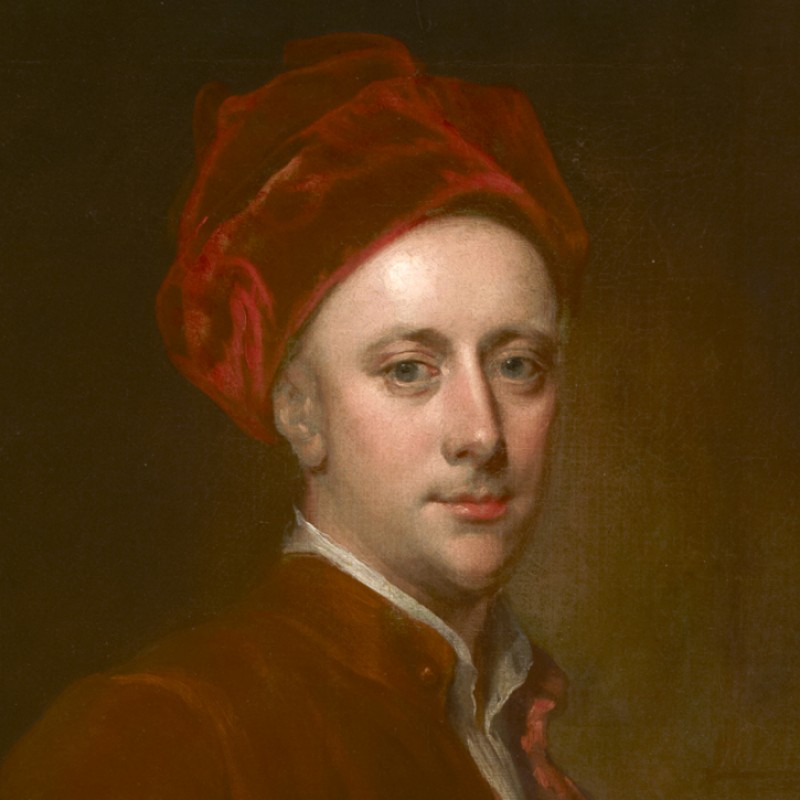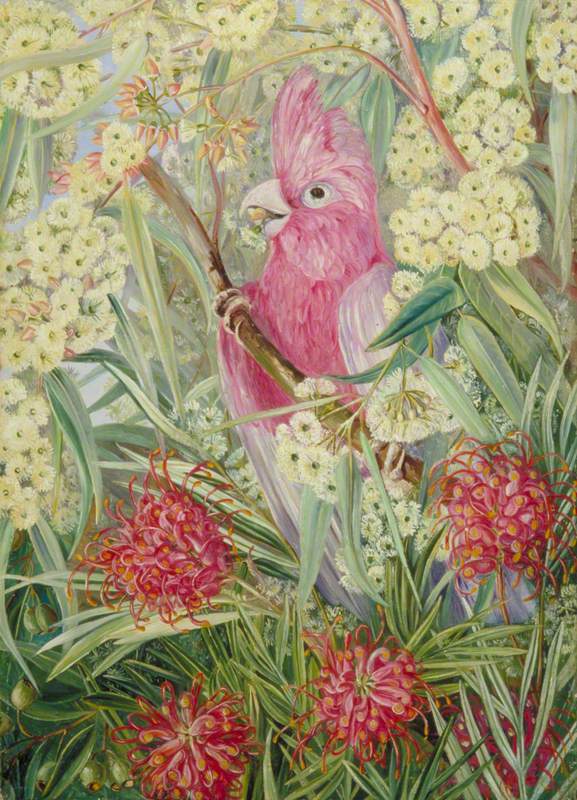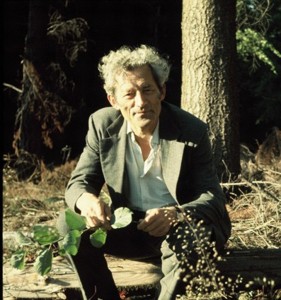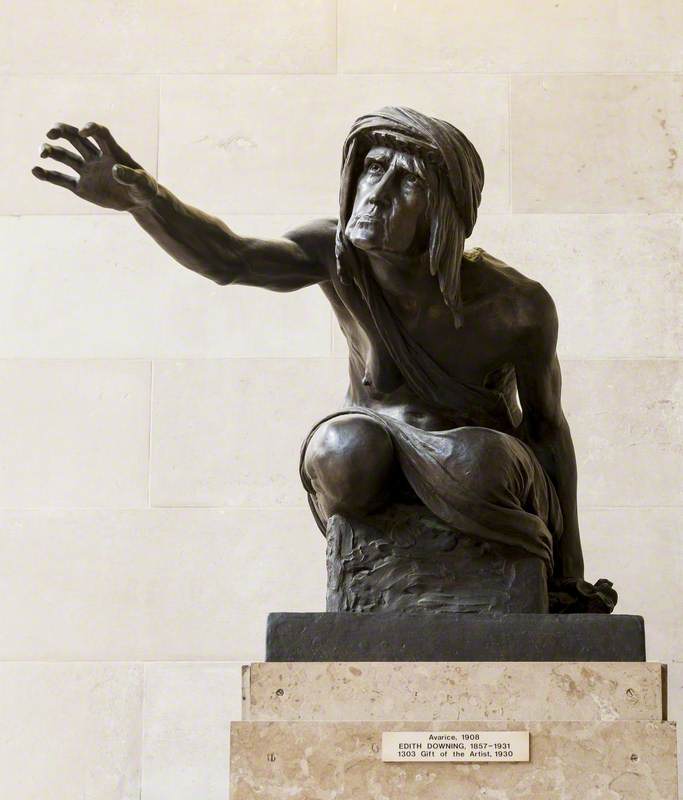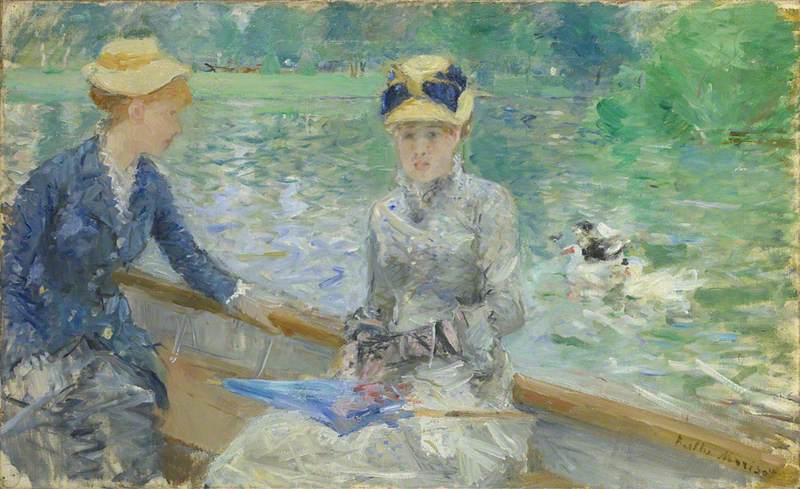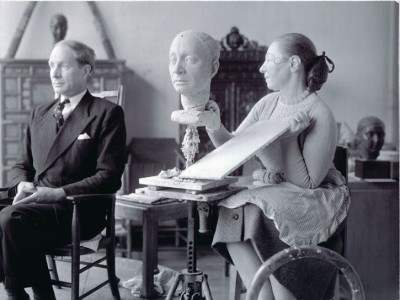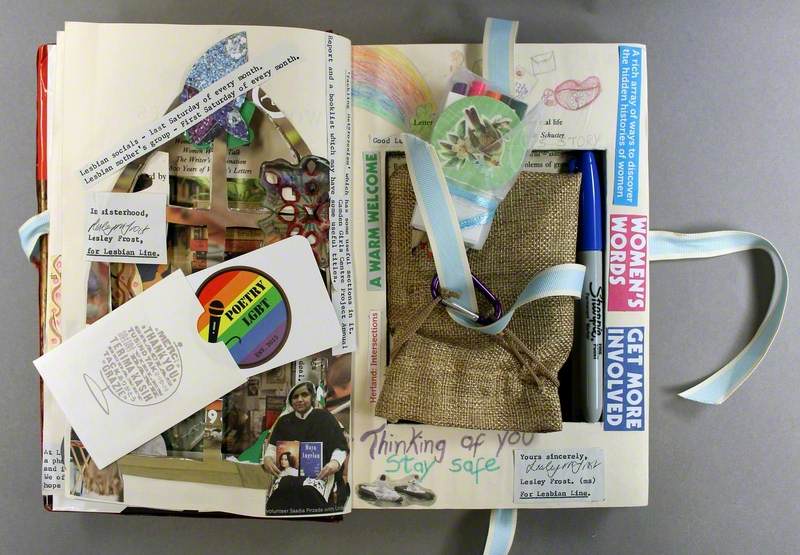On the fringe of Richmond Park in Kingston upon Thames stands a unique studio-home that combines elements of Modernism, Art Deco and Eastern European national Romanticism. For 55 years it was the home of a flamboyant Russian Jewish émigré artist called Dora Gordine.
Richard Hare (1907–1966)
late 1920s
Dora Gordine (1895–1991) 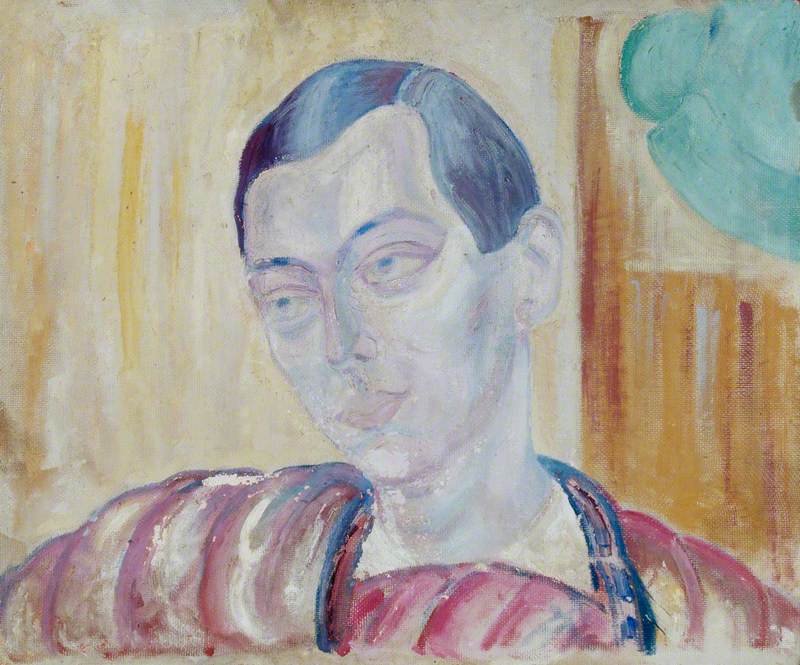
Born in Latvia, Gordine moved with her family to Estonia, finally making her way to Paris in 1924 where she lived for several years. On a visit to London in 1928 she was introduced to The Honourable Richard Hare who, although still a student, asked her to marry him. She refused, wanting to establish herself as a successful sculptor. This aim she soon achieved, being described as ‘possibly becoming the finest woman sculptor in the world’.
Gordine painted at least two portraits of Richard Hare in the late 1920s, her colour palette recalling that of the Bloomsbury group with which she and Hare were loosely associated. After a sojourn in Singapore and Malaysia, Gordine finally married Hare in 1936. The couple built their studio-home with an inheritance from his father, the 4th Earl of Listowel. Despite her lack of architectural training the building was almost entirely designed by Gordine who conceived it as a giant piece of sculpture. They named it Dorich House, a conflation of the names Dora and Richard. Previously a diplomat, Hare now became a scholar of Russian literature and art, filling the house with his collections of art and artefacts from Imperial Russia.
In the 1920s and 1930s, Gordine’s sculpture and painting reflected the contemporary vogue for ‘exotic’ portrait heads of non-Westerners. Lady of Java (1930–1935) is a portrait of a woman who, unhappily married, was being treated for severe depression. Gordine later recounted how the woman, recognising a variation of herself coming to life before her eyes, started to talk and smile, eventually making a full recovery.
During the Second World War, Gordine was unable to obtain bronze, and drawing and painting became the main source of her creativity. As well as holding 93 of her bronzes, Dorich House also holds many drawings and 27 of her oil paintings.
Mary Rose Rivett-Carnac, Art UK Copyright Officer
